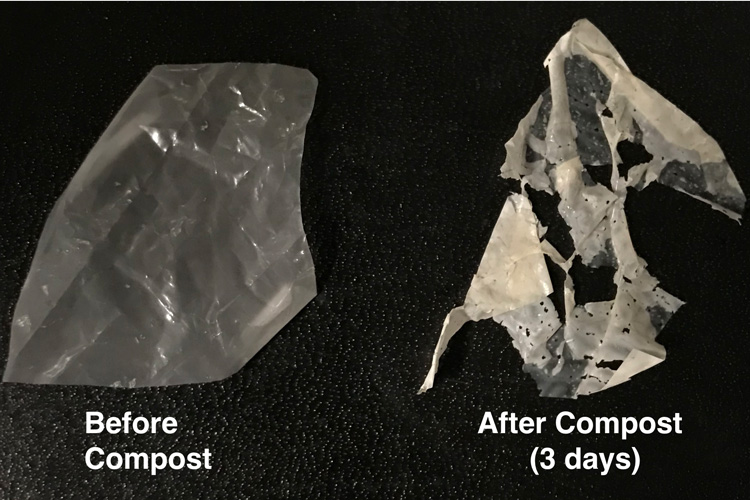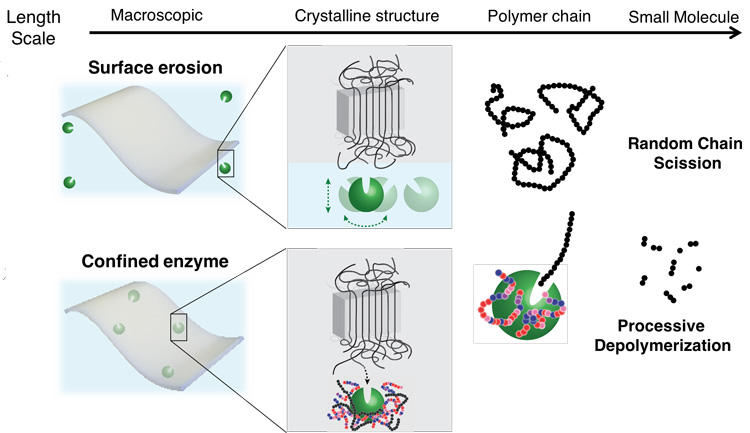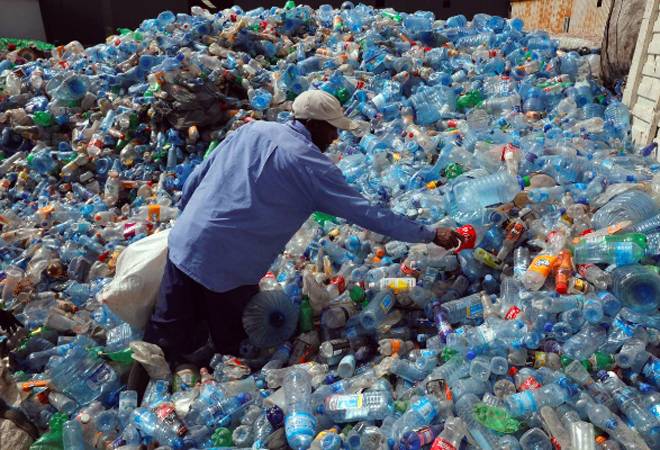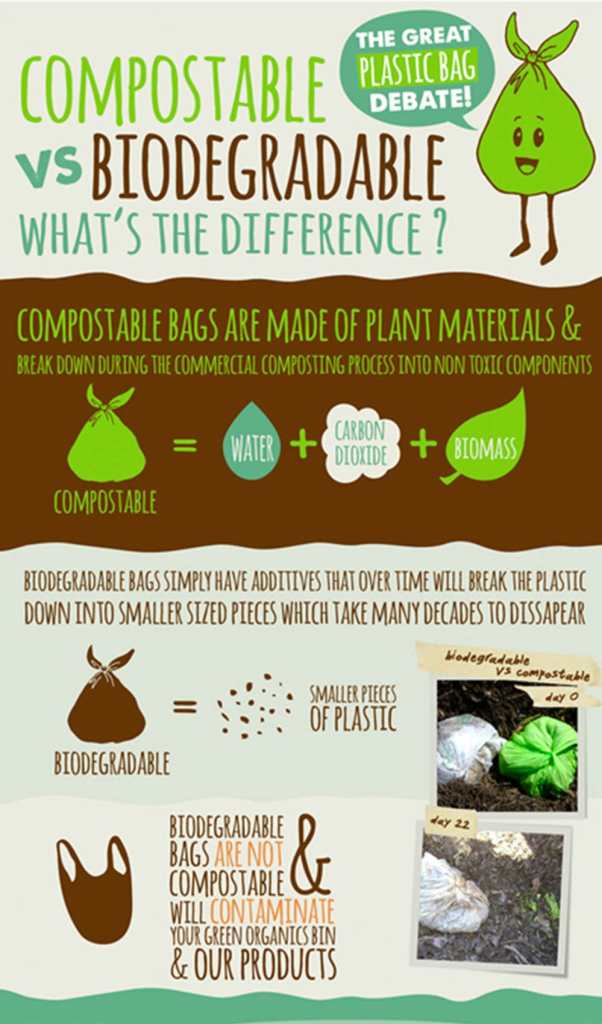Like sadness, throwaway Plastics find a way to creep in back to human lives. They are everywhere, in every sphere: from our dustbins to the core depths of our Oceans.
It is threatening to know that out of the 6.3 billion tonnes of plastic we have wasted since its mass production back in the 1950s, only 600 million tonnes has been recycled yet.
It has already been decades passed since we knew how detrimental plastics are, to Human and Earth’s survival. Yet we have just received an awakening and consequently, environmentally friendly alternatives are only now picking up steam.
Biodegradable plastics have the ability to be broken down into simpler molecules by microbes, chewed up and get consumed into biomass, water and carbon dioxide (or in the absence of oxygen, methane rather than CO2). Ideally, but not always, these substances degrade without leaving any toxins behind.
A tiny subset of them is really compostable. This means that they have dual benefits: can be broken down by microbes and can be made into compost –food and other organic wastes.
And even a real minority of these plastics are compostable at home, meaning the label “compostable” most often means being industrially compostable e.g. A compostable coffee cup.
Most biodegradable and compostable plastics fall in the category of Bioplastics, that is simply extracted from plants rather than fossil fuels. There are plenty to choose from depending on the need. And this can seemingly reduce Greenhouse emissions on Earth, thereby deaccelerating Climate change and global warming.
A case study at point:
The producers of this dangerous material may look upon to find what happens when their production seeps into the deep-Sea bed. One such company that undertook investigation on how its own products break down in a marine environment is Novamont.
The 2019 report released by the company and conducted in partnership with Hydra, a German marine research institute, and the University of Siena, Italy, estimated and revealed that its product fully biodegrades in seawater on a legitimate timescale of between four months and a year, leaving no toxic residues behind.
Biodegradable ≠ Compostable
Compostable materials all lie under the Biodegradables, but not all biodegradable plastics would be considered compostable. Nearly every material biodegrades, in case it is given enough time that is dependent on environmental parameters such as humidity and temperature.
While ‘Compostables’ may break down, leaving behind a nutrient-rich organic material called humus, which creates a healthy soil environment required for new plant growth.
Therefore, only ‘Biodegradable’ attribute to an article can be fairly misleading to the consumers. With growing need for Bioplastics, the customers need to be made more aware about the different plastics available in market to choose from.
A new process for Plastics to self-destruct:

Problem with the durable plastics is that it has a crystal-like molecular structure, with polymer fibers holding each other so tightly that even water can’t penetrate them, let alone microbes that might chew up the polymers, which are organic molecules.
Scientists at the University of Berkeley have stumbled upon a new way to solve a penchant environmental problem i.e. making the plastics compostable, leaving behind no residue to shatter the terms of Environment. This research has been reported in the Nature paper.
They tried to insert nanoscale polymer-eating enzymes directly inside the plastic or other material, at a concentration of less than 1% of the weight of the plastic, so that it protects them until the right conditions pitch in for them to work.
80% of the modified PLA fibers degraded entirely at room temperatures, within a week.
According to UC Berkeley professor of materials science, engineering and chemistry: ‘‘people are now prepared to move into biodegradable polymers for single-use plastics, but if it turns out that it creates more problems than it’s worth, then the policy might revert back, we are basically saying that we are on the right track. we can solve this continuing problem of single-use plastics not being biodegradable.’

With just right amount of heat and water for a few weeks and adding polyester-eating enzymes to the plastic during its manufacturing, plastics can reduce twitching with the Environment. Once this is done, enzymes get rid of the polymer shroud and starts chomping the plastic polymer into its building blocks.
They have undertaken the process using warm tap water for the sake of simplicity of composting the plastics at home.
How can this technique be expanded to serve the ends?
This form of quick degradation can prove a charm for the municipal composting, which typically takes 60 to 90 days to turn food and plant waste into usable compost.
Xu, the Professor associated with Study believes that this sort of programmed degradation could be the key to recycling many objects. ‘imagine using biodegradable glue to assemble computer circuits or even entire phones or electronics, then, when you’re done with them, dissolving the glue so that the devices fall apart and all the pieces can be reused.’
“These results provide a foundation for the rational design of polymeric materials that could degrade over relatively short timescales, which could provide significant advantages for Army logistics related to waste management,” says the Army Researcher associated with the study.
We are awakened Millennials and we ought to think about problems encapsulating our Environment and start the debate that has the propensity to change the way we interface with Earth.



